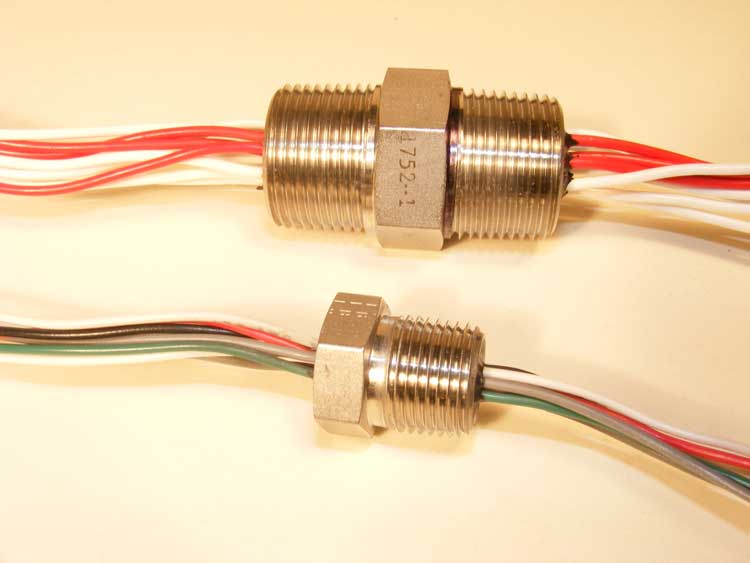Biden’s Trade Policy Stresses Investment in U.S. Jobs
The Biden administration may be a lot less than a thirty day period old, but its early terms and steps have supplied very clear signs of in which trade coverage is headed and what that implies for corporations.
Washington politics and coverage are lining up to build a trade surroundings that will incentivize businesses to establish up their North American supply chains and spend in increasing manufacturing ability in the United States.
When that doesn’t preclude initiatives to outsource some functions or to grow revenue functions internationally, it marks a essential change from the long-time period craze in direction of offshoring.
In spite of the bitterly fought presidential election, trade is one particular area in which Democrats and Republicans have moved into important alignment. When Democrats may have disliked the unilateral approach of previous President Donald Trump’s trade coverage, they mainly permitted of its success: bigger tariffs and an emphasis on making U.S. work opportunities.
Under President Biden, we’re possible to see a far more predictable, multilateral approach to the massive trade issues like China and World Trade Corporation reform, making it much easier for corporations to system. Meanwhile, the new presidential administration is set to sustain and strengthen procedures to carry back American production and work opportunities.
There are 4 keys to this rising trade approach already noticeable.
The ballooning trade deficit
The U.S. internet trade deficit strike a document $68 billion 2020 in November, the maximum in 14 yrs. That supplies a compelling platform for Biden to argue the have to have for far more export-concentrated procedures. The huge deficit also supplies the impetus for the White Property and Congress to pursue labor-concentrated procedures, signaling to corporate leaders that there will be advantages—through tax and other incentives —to manufacturing far more in the U.S.
The administration has already dedicated to a “worker-centered” trade coverage somewhat than one particular concentrated on opening marketplaces for U.S. corporations abroad. Biden has proposed a ten{d5f2c26e8a2617525656064194f8a7abd2a56a02c0e102ae4b29477986671105} tax credit rating for businesses that build U.S. work opportunities as well as a ten{d5f2c26e8a2617525656064194f8a7abd2a56a02c0e102ae4b29477986671105} penalty for those people who go functions overseas.
Tariffs below to stay
Biden’s to start with action on tariffs was to elevate them somewhat than lessen or take out any. The president reinstated tariffs on aluminum exports from the United Arab Emirates, reversing Trump’s last-working day choice to exempt the country. The go was a signal that Biden is not likely to walk away from most of the tariffs that have been imposed in new yrs, like on China, and may even take into account new types. Labor unions, a essential political constituency, applauded his go on the UAE.
Obtain American
On January 25, Biden introduced a revamped Obtain The united states system that is envisioned to impact about $two hundred billion of the $600 billion of products and companies that the federal government buys each yr. His govt purchase amplified the domestic content threshold and clamped down on waivers to Obtain American procedures, a frequent loophole for businesses to meet the “Made in America” test.
The United States-Mexico-Canada Agreement
The “new NAFTA” was agreed to beneath the past administration and went into legislation in mid-2020. With Biden dedicated to retaining the legislation, businesses at last have the certainty they have to have to choose their North American supply chain. The USMCA, which stiffens local content requirements, will stimulate far more inbound financial commitment for the location, making far more money offered for local financial commitment and manufacturing.
Combined, these developments signal a great deal-wanted clarity and a very clear modify in incentives for businesses with multinational functions. The coverage surroundings will assistance businesses that rebalance their functions to make the United States and North The united states a bigger part of their production footprint. It suggests a long run in line with Foxconn CEO Terry Gou’s eyesight of a “G2” globe in which a unified supply chain splits into two—one concentrated on China and the other on the U.S.
Combined with the minimal U.S. fascination-fee surroundings, the new course in trade coverage need to make it an great time for corporations to concentrate on investments in automation and money devices to grow their U.S. functions and make them far more economical.
Lou Longo is worldwide consulting follow leader at Plante Moran.








